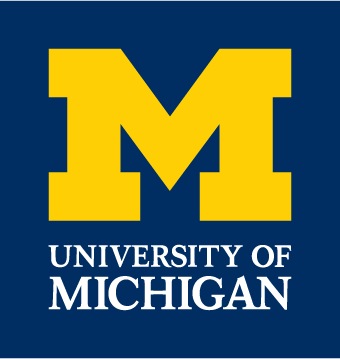успешных поступлений
университетов и бизнес-школ мира
странах работают после учебы наши выпускники
успешных поступлений
университетов и бизнес-школ мира
странах работают после учебы наши выпускники
The Ann Arbor campus is divided into four main areas: the North, Central, Medical, and South campuses. The physical infrastructure includes more than 500 major buildings, with a combined area of more than 781 acres or 3.16 km2. The Central and South Campus areas are contiguous, while the North Campus area is separated from them, primarily by the Huron River.
All four campus areas are connected by bus services, the majority of which connect the North and Central campuses. There is a shuttle service connecting the University Hospital, which lies between North and Central campuses, with other medical facilities throughout northeastern Ann Arbor.
There is a ton of things to do on campus. There are a lot of organizations students can join at the university and there are a few intramural sports that they can do without having to be on the official university team.
Nearly 20 percent of the undergraduate student body is affiliated with Greek life at Michigan, which contains approximately 60 fraternity and sorority chapters. If Greek life does not sound appealing, there are more than 1000 other student organizations from which to choose. With a history of student activism, some of the most visible groups include those dedicated to causes such as civil rights and labor rights.
Throughout Ann Arbor, there are many places to eat and a lot of bars and clubs to go to during the weekend. Students also have briarwood mall which is a quick bus ride away and rave cinemas which is a little further away. Central campus is only a few minutes from downtown Ann Arbor, which is very lively and fun to explore at night. There are plenty of very good restaurants and people to find every where. Saturdays are game days in the biggest stadium in the country.
The university has no shortage of bizarre traditions. For example, when students first arrive at Michigan they walk through a campus fountain to make them an “official wolverine”. After graduation, they walk the other way through the water, signifying their departure to join the professional world. And don’t step on the brass “M” at the center of the campus, or exam failure awaits.
Michigan’s student housing options are as numerous as they are varied. Virtually all first-year students choose to live in our residence halls and nearly 40% of the undergraduate population live on campus. Freshmen are guaranteed housing but are not required to live on campus.
The University of Michigan's campus housing system can accommodate up to 30 percent of the total student population at the university. The residence halls are located in three distinct geographic areas on campus: Central Campus, Hill Area (between Central Campus and the University of Michigan Medical Center) and North Campus.
The residential system also has a number of "living-learning communities" where academic activities and residential life are combined. These communities are focuses on areas such as research through the Michigan Research Community, medical sciences, community service and the German language.
The residential system also has a number of "theme communities" where students have the opportunity to be surrounded by students in a residential hall who share similar interests. These communities focus on global leadership, the college transition experience, and internationalism.
96% of students are employed, freelancing, or continuing their education six months after graduation in 2016. Career services office offers a variety of resources to help students create their resume and/or cover letter. Additionally they have great resources for helping with interviewing and networking when a student is ready as well as resources if they are interested in taking a gap year.
